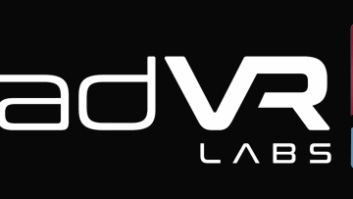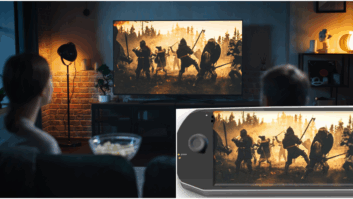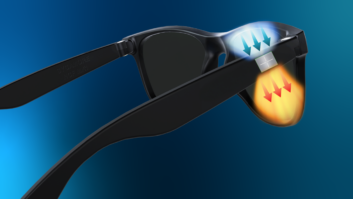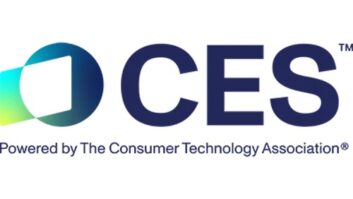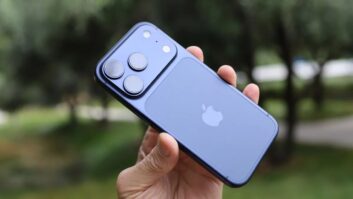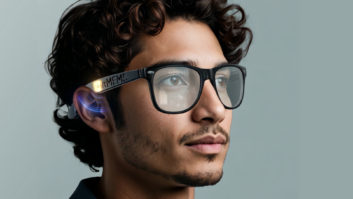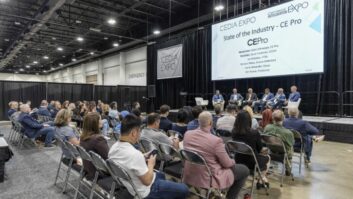At the Electronic Entertainment Expo (E3) this week the major game console vendors are set to showcase their next-generation hardware, which will hit the U.S. market as early as September.
While both Sega and Sony have announced the specifications for their respective Dreamcast and PlayStation II platforms, Nintendo will use E3 as a showcase to unveil its strategy to remain competitive as the business migrates from 64-bit consoles to 128-bit – and perhaps even higher – next-generation systems.
According to the Interactive Digital Software Association, which runs the E3 show, more than 1,900 PC and video game titles will be introduced at this year’s expo. A total of 400 exhibitors will display a total of nearly 2,600 titles.
On the console game front, Sega will announce that its long-awaited next-generation Dreamcast game system is scheduled to launch in the U.S. on September 9, a full year ahead of the expected launch of the PlayStation II from rival Sony Computer Entertainment Americas (SCEA).
The 128-bit system, which launched last November in Japan and has already sold more than 1 million units there, will carry a retail price of $199. The company is also reporting strong pre-orders of the system, which could hit as high as 200,000 before it actually becomes available.
Sega will back the launch with a $100 million marketing and advertising campaign, hoping that an aggressive launch will firmly establish Dreamcast with consumers before Sony’s PlayStation II system is available. The Dreamcast features a Hitachi-built 128-bit processor, 26MB of RAM, 64 channels of sound, second-generation PowerVR 3D graphics, and a 56K modem for Internet access and e-mail.
Sony will exhibit its newest game hardware, slated to ship in the U.S. in the fall of 2000. The system will ship in Japan in March 2000. The PlayStation II system features a 128-bit, 300MHz CPU co-developed with Toshiba that features floating-point performance three times that of the latest 500MHz Pentium III PC. In a unique twist for a game system, PlayStation II will include a processor that allows it to play current PlayStation games. Unlike Dreamcast, which uses an enhanced form of CD-ROM it calls GD-ROM, PlayStation II adopts DVD-ROM, MPEG-2 video, and AC-3 and DTS sound.
As a result of its CPU horsepower and graphics engine, Sony says the PlayStation II will be able to create new types of computer entertainment, which it calls Emotion Synthesis. For example, the hair and clothing of a character can be affected by a digital wind calculated and processed in real-time, and real-world physical attributes, such as gravity, friction and mass, and the accurate simulation of different materials such as water, wood, metal and gas, can be generated. Games will not only look different, but how the characters and objects in a game think, act and behave will dramatically change, the company reported.
After a number of years of inactivity in the U.S. market Neo Geo will mark its return at the show. SNK is re-launching the Neo Geo name in the U.S. with the introduction of the Neo Geo Pocket Color, a small color portable game device. Unlike Nintendo’s 8-bit Game Boy, Neo Geo Pocket Color has a 16-bit CPU, as well as a 2.6-inch TFT LCD screen, the ability to display 146 colors simultaneously, and a unique revolving joystick. The system, smaller and lighter than Game Boy and Game Boy Color and priced at $79.99, is available direct from SNK’s web site.




